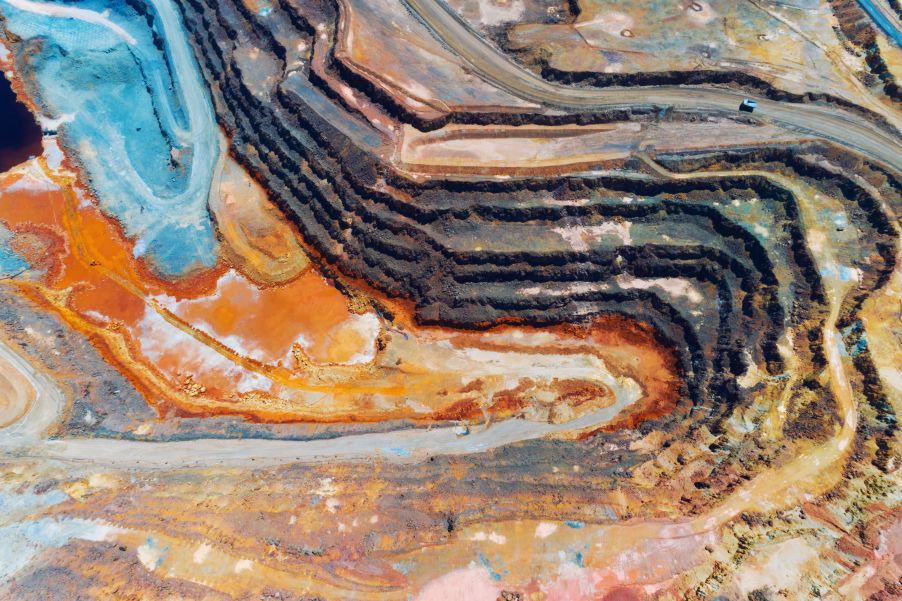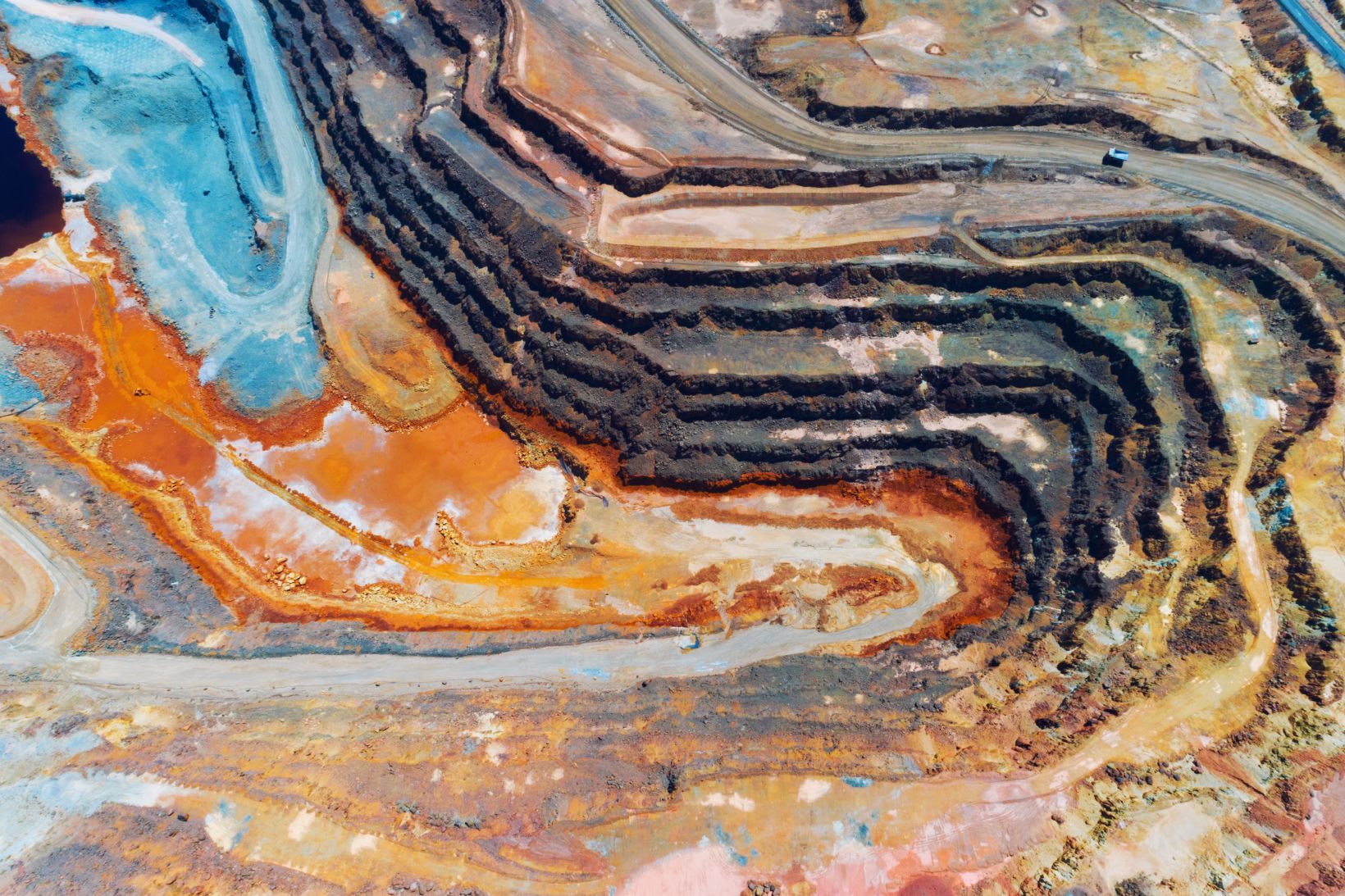Porphyry copper deposits are an important resource for copper and other valuable metals or minerals. They are typically mined using large-scale, mechanized open-pit methods because of their large reserve, low grade, and shallow burial depth.
An efficient method to discover porphyry copper deposits is portable X-ray analysis. In this post, we dig into the ways portable X-ray analysis tools can give engineers the clues they need to mine these valuable resources and extract hidden copper ore.
What Is a Porphyry Copper Deposit?
Porphyry copper deposits are a type of hydrothermal deposit. Characteristics of porphyry copper deposits include:
- Their mineralization is temporally and spatially related to neutral-to-acidic porphyry bodies
- Their formation is somewhat intrinsically related to volcanic-intrusive activities
- They are characterized by certain alteration and mineralization zonation
- Their ore is in disseminated veins
As contemporaneous and post-period products of porphyry copper ore formation, clay minerals are important guides to discover, explore, and extract copper ore deposits.
Portable X-Ray Analysis Methods for Testing Clay Minerals
Field engineers can use various portable X-ray analysis tools to gather real-time geological information from the clay minerals. For instance, handheld X-ray fluorescence (XRF) analyzers can identify their chemical elements, while portable X-ray diffraction (XRD) analyzers can show their mineralogical information. This on-the spot data helps geologists make faster and more accurate decisions on-site. Consider the following example.
Example: Analyzing Clay Minerals from a Porphyry Copper Mine
Olympus recently worked with engineers from a mining company to complete an analysis of clay minerals obtained from a porphyry copper mine in Myanmar. The engineers took three samples of minerals from the mine and named them high clay, moderate clay, and low clay (Figure 1).
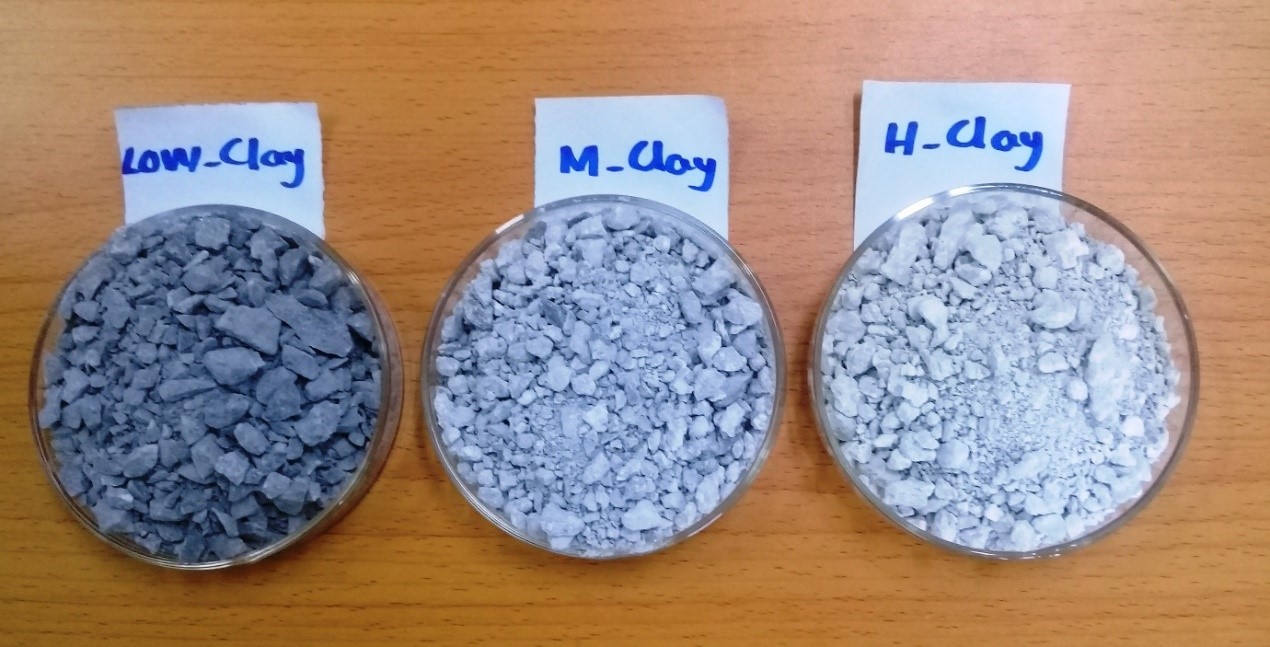
Figure 1: Three clay samples collected from the porphyry copper mine.
To prep the clay minerals for analysis, the engineers crushed the samples to –2 mm and reduced them to about 100 g each (Figure 2).
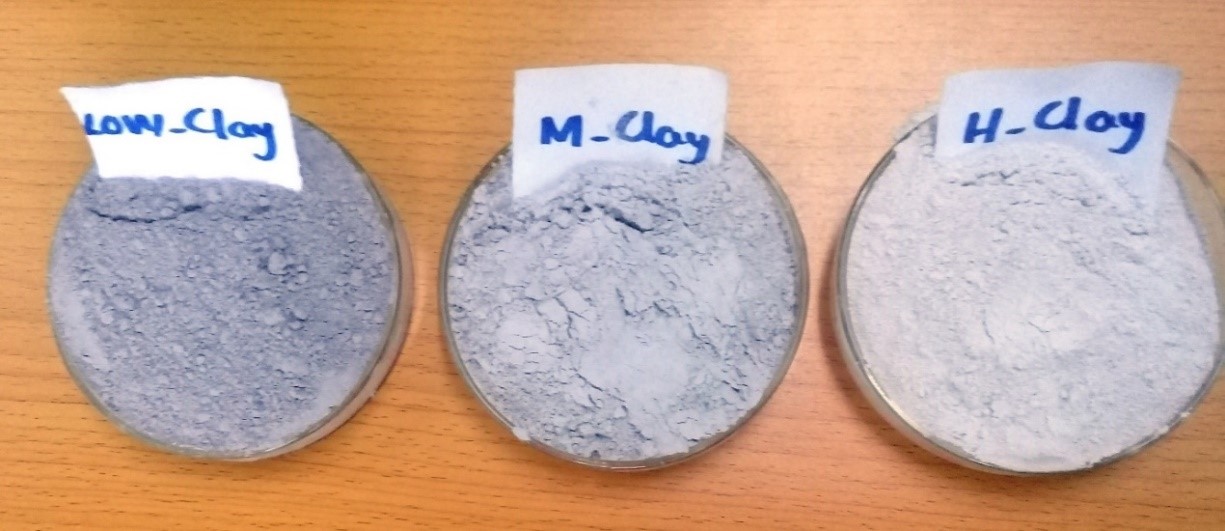
Figure 2: The clay samples after being crushed.
The engineers then analyzed the crushed clay samples using an Olympus handheld XRF analyzer and portable XRD analyzer to identify their chemical elements and obtain their mineralogical information respectively.
Testing the Clay Minerals with Handheld XRF
The XRF test was conducted using the Vanta™ C Series analyzer (VCA model) equipped with a silver (Ag) target X-ray tube. Designed to operate in harsh field conditions, the rugged analyzer is IP55 rated and is built to pass the drop test required by the US Department of Defense standard (MIL-STD-810G). The built-in silicon drift detector (SDD) combined with Olympus’ proprietary Axon Technology™ enables ultra-high-speed detection and lower limits of detection (LODs).
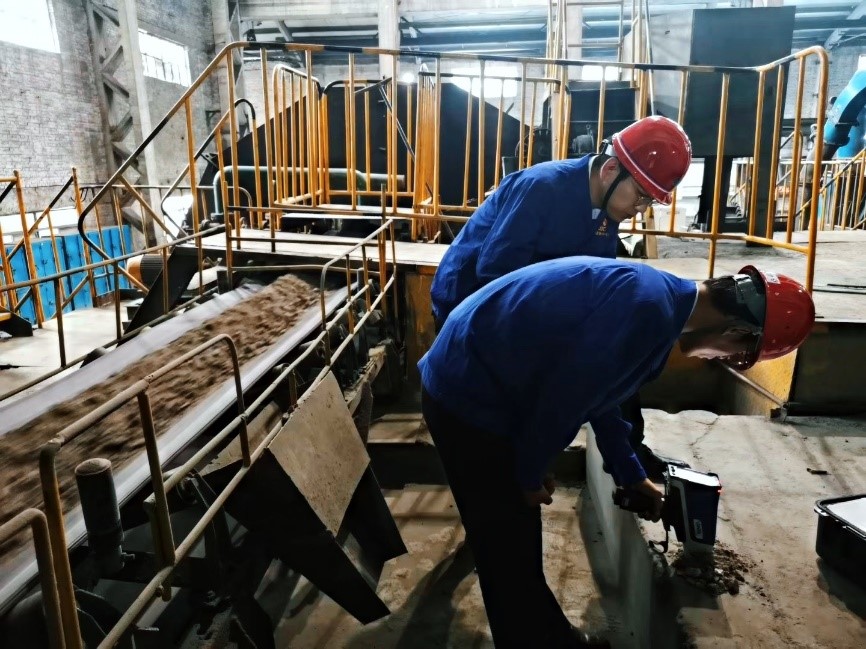
Figure 3: Two engineers use a Vanta handheld XRF analyzer on-site.
Another advantage of using the Vanta analyzer is that the sample can be analyzed immediately without any special processing. In fact, qualitative and quantitative information about the sample’s elemental composition can be obtained within 20 seconds.
In contrast, on-site laboratories typically take hours or even days to provide similar analysis results. With the Vanta analyzer, users can quickly obtain accurate laboratory-level analysis data.
| Sample | Al | Si | P | S | Cl | Ca | Fe | Cu | Pb |
| % | % | ppm | % | ppm | ppm | % | ppm | ppm | |
| Low Clay | 1.19 | 3.66 | 311 | 3.72 | 1087 | 3378 | 3.70 | 3.70 | 210 |
| Moderate Clay | 0.83 | 3.94 | 341 | 0.90 | 2921 | 3771 | 2.34 | 1332 | 102 |
| High Clay | 0.98 | 3.95 | 422 | 0.90 | 4324 | 4062 | 1.42 | 821 | 48 |
Table 1: Elemental analysis data produced by the Vanta handheld XRF analyzer. The table shows the elements present and the amount of each element in the sample. Elements include aluminum (AI), silicon (Si), phosphorus (P), sulfur (S), chlorine (Cl), calcium (Ca), iron (Fe), copper (Cu), and lead (Pb).
Testing the Clay Minerals with Portable XRD Analysis
The XRD test was performed using the TERRA™ II portable XRD analyzer equipped with a cobalt (Co) target X-ray tube. The analyzer’s XRD testing capabilities combine proprietary technologies from both Olympus and the National Aeronautics and Space Administration (NASA).
The TERRA II analyzer features a unique sample loading system. It requires only about 15 mg of 100-mesh-sieve (<150 μm) powdered sample to collect both structural (mineralogical/crystallographic) information and approximate elemental (chemical) information in less than 10 minutes.
With XPowder software installed, the TERRA II analyzer can collect and process data quickly and easily. Both Vanta and TERRA II analyzers don’t require a large sample size or any special sample prep. They can perform tests even on blast hole samples.
| Sample ID | Quartz | Kaolinite | Pyrophyllite | Illite | Alunite | Pyrite | Total |
| Low Clay | 62.9 | - | - | - | 30.3 | 6.8 | 100 |
| Moderate Clay | 49.6 | 8.3 | 9.7 | 18.8 | 10.3 | 3.2 | 100 |
| High Clay | 45.5 | 18.7 | - | 29.8 | 6.0 | - | 100 |
Table 2: XRD analysis data produced by the TERRA II analyzer. The table shows the minerals present and amount of each mineral in the clay samples.
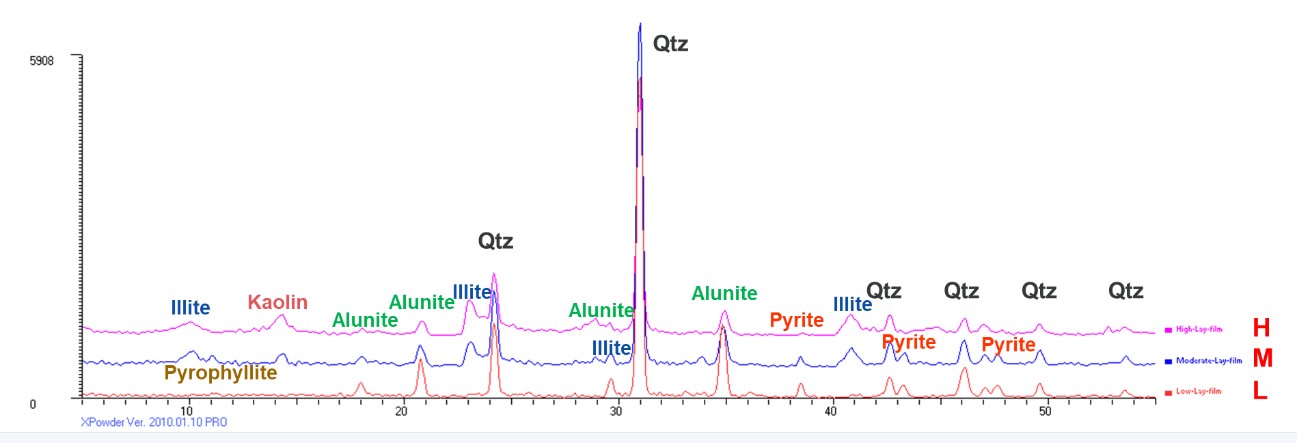
Figure 5: Comparison of diffraction patterns obtained by the TERRA II portable XRD analyzer
By analyzing the three samples (low clay, moderate clay, and high clay) from the porphyry copper mine using the Olympus handheld XRF and portable XRD analyzers, we found that:
- The amounts of clay minerals (mainly illite and montmorillonite) in the three samples increased from low clay to high clay
- The amounts of quartz, alunite, and pyrite decreased from low clay to high clay
This data corresponded to their mineralogical characteristics generally observed in the field.
The discovery of pyrophyllite formed by special alteration is also important for exploring and extracting porphyry copper ores. The elemental data (e.g., Ca, Fe, etc.) from the XRF analyzer and the mineral composition data from the XRD analyzer could corroborate each other, helping to confirm accurate analysis results on this batch of samples.
This is just one example of how portable XRF and XRD instruments can be used in the geoscience field. To learn about other applications for geochemistry, mineralogy, and mining, check out our brochure, Online Geology Resources for Portable XRF and XRD.
Related Content
Infographic: Supporting Every Stage of the Geoscience and Mining Life Cycle
